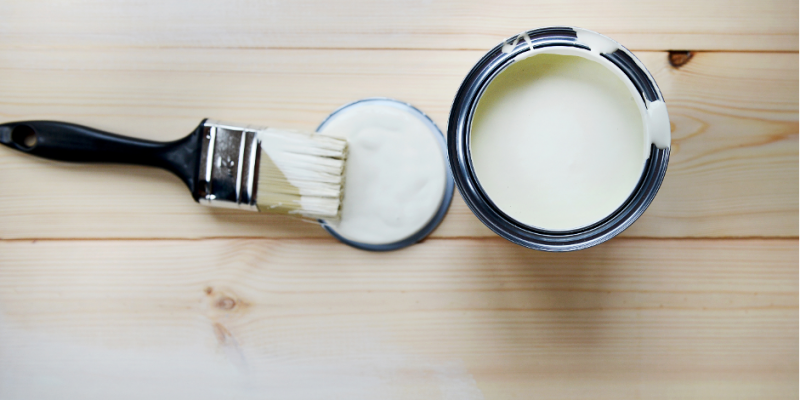
On Monday, July 4, 2022, there was a fire at a paint factory in Sidoarjo (KompasTV East Java). This fire devoured four factory buildings that eventually collapsed due to explosions that occurred several times because the factory was filled with flammable chemicals, and thinner was one of them. Nine units of fire trucks were deployed, but the fire had passed the flashover. Thus, it could not be extinguished. As a result of this fire, two people suffered severe burns.
Previously, precisely on Wednesday, June 15, 2022, a fire hit a paint shop in Cilandak, South Jakarta (KOMPAS.com, Muhammad Isa Bustomi). A spill that hit a cigarette is thought to be the cause of this fire. The combination of the thinners and cigarettes caused sparks and initiated the fire. A total of 15 units of fire trucks were deployed. The extinguishing process lasts longer than it should because there are flammable materials inside the shop. Fortunately, there were no casualties from this event.
Why do paints burn?
Paints are divided into two types, which are water-based and solvent-based paint. Water-based paints use water as the formulation and solvent. Solvent-based paints use solvents other than water, such as thinner and rubbing alcohol. Solvent-based paints tend to be more flammable than water-based paints. This characteristic is unexceptional since solvents are flammable substances. Vapors from a solvent may mix with the surrounding air. When the volume of combustible gas compared to the volume of ambient air enters the flammability range, the air at that time is flammable. At this time, the spark alone can quickly expand and cause a fire. Some most widely used solvents in paint products are benzene, mixed xylenes, toluene, hexanes, and heptane.
Preventing fires from paint
Because paint is made up of combustible materials, fires caused by it tend to enlarge and propagate quickly. Therefore, it will be better if we avoid fires due to paint. There are several things we can do to prevent these fires:
- Do not smoke or start a fire while applying paint on a wall.
- Do not smoke or start a fire in the territory where the paint is stored (paint shops, factories, or storage).
- If there is residual paint and you want to keep it, put it in an area far from the kitchen (or other places that can provide ignition sources).
- Provide enough ventilation to prevent the concentration of solvent vapors from reaching the flammability range.
Writer: Fitri Endrasari - Fire Engineer Ignis Fire & Risk
Albertlop
MedicijnPunt: Medicijn Punt - Medicijn Punt